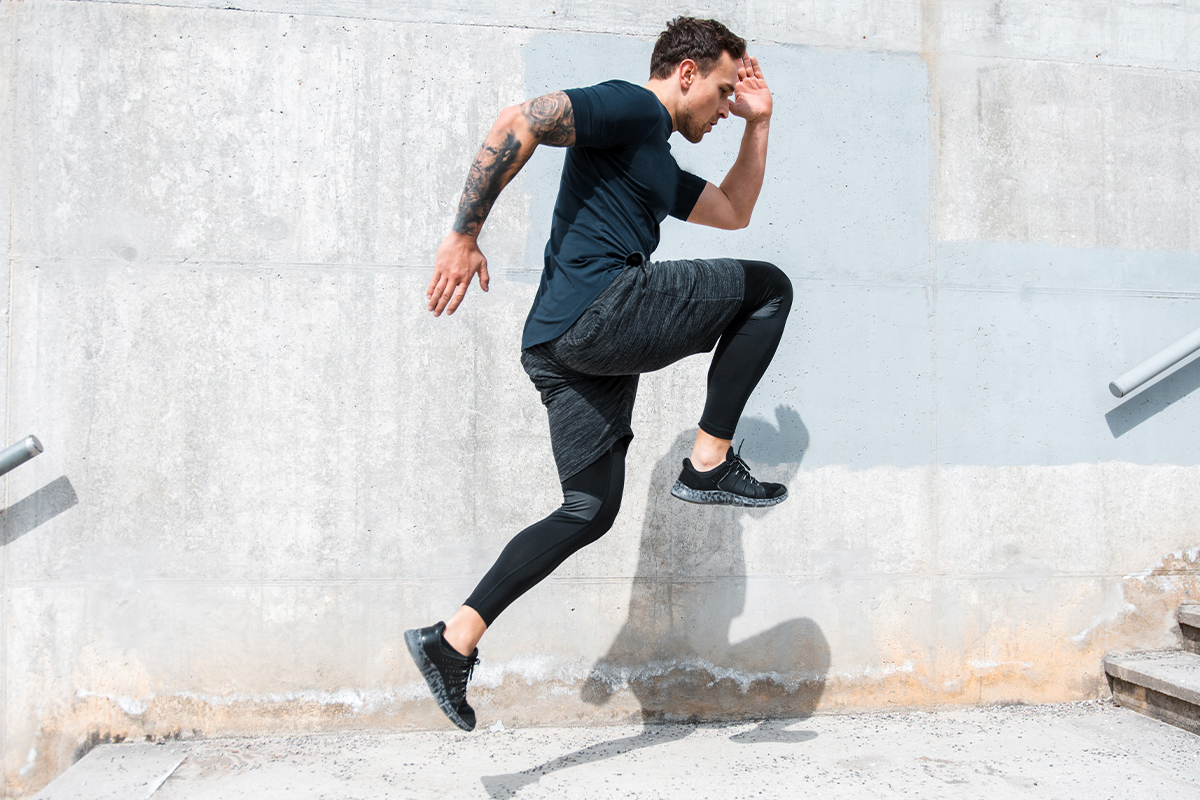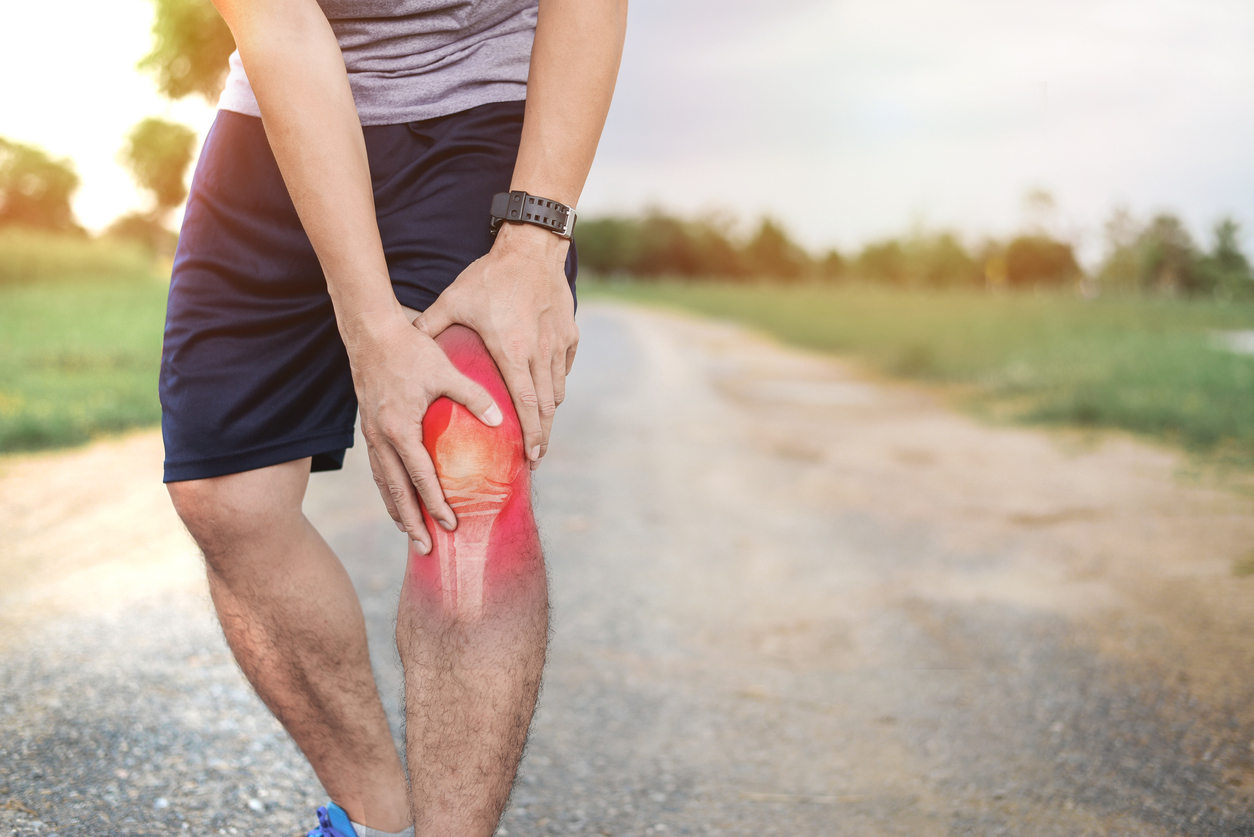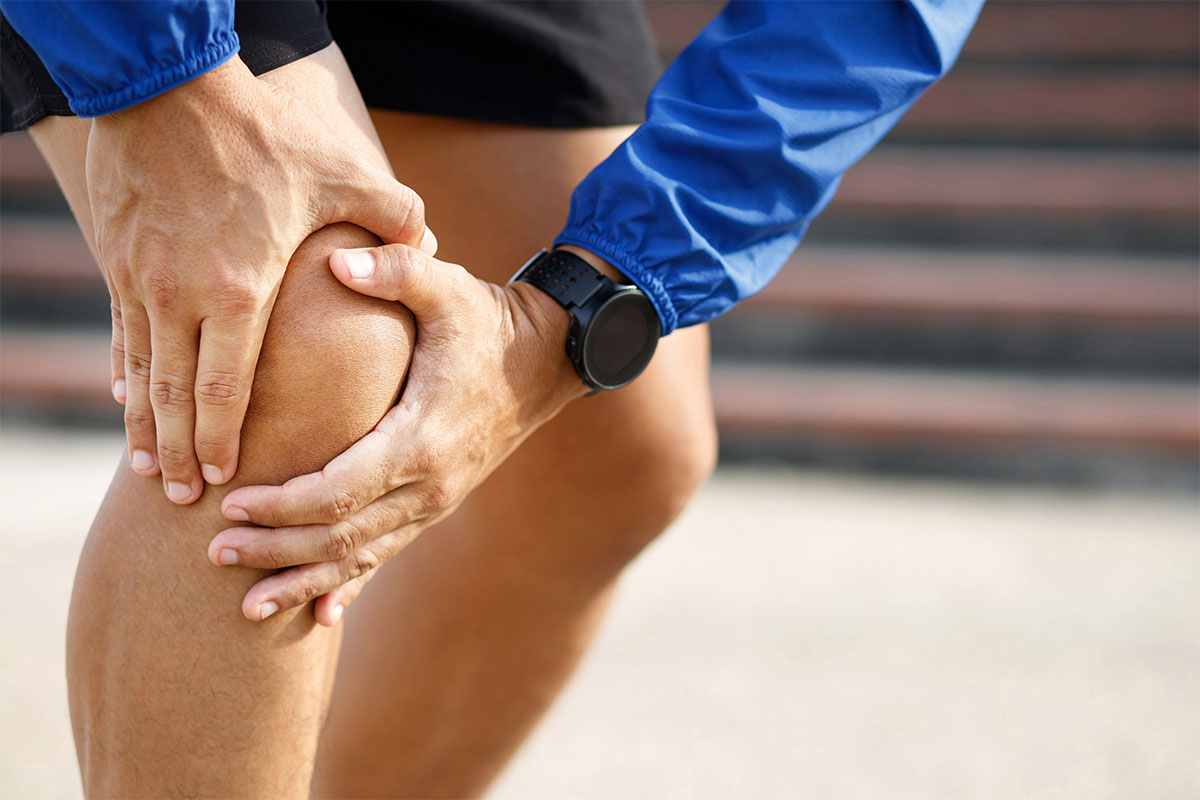- info@westlakesportsmed.com
- 737-237-5750
- 5656 Bee Caves Rd. Suite F-201 Austin, TX 78746
Patellar tendinitis, or “jumper’s knee,” is a common cause of knee pain. This condition primarily affects athletes and individuals engaged in repetitive jumping or running activities. It occurs due to the inflammation of the patellar tendon, which connects the kneecap to the shinbone. The constant strain on this tendon can lead to pain, swelling, and tenderness below the kneecap.



• Persistent, dull pain in the front of the knee
• Grinding or popping sensations when moving the knee
• Swelling or inflammation around the kneecap
• Increased discomfort when climbing stairs or sitting for extended periods
• A feeling of knee weakness or instability
• Limited range of motion and difficulty fully straightening the knee

